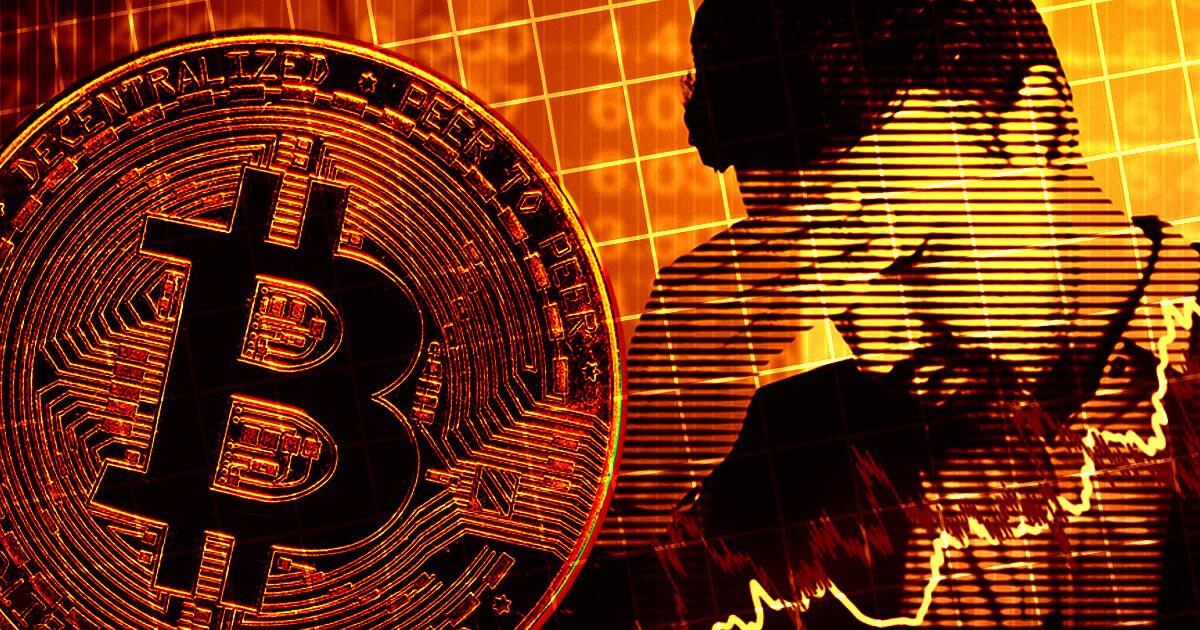Bitcoin, SHIB and altcoins have been on a gradual decline since the beginning of 2022. However, experts agree that the current period is a bear market. So how long will this BTC bear market last? In fact, the crypto bear market in 2014 lasted 633 days, compared to 361 days in 2018. Additionally, the last one ended in less than a year. But this time things seem different.
Bitcoin bear markets in history
In the US stock market, bear markets usually last about 9 months. But that doesn’t mean things will automatically slide into a bull market. Usually the markets trade sideways and fluctuate for a while. cryptocoin.com As we have reported, a bear market emerged in 2020 due to the Covid shutdowns. When this happened, the price of Bitcoin dropped quite drastically. So much so that it decreased from 10 thousand dollars to 5 thousand dollars in less than 2 months. The lowest level came as the lockdowns began in North America. There are other examples of bear markets. Remember the explosion of ICOs in 2017-18. Or the DAO hack that nearly killed Ethereum. So bear markets are not a new concept in the cryptocurrency market.
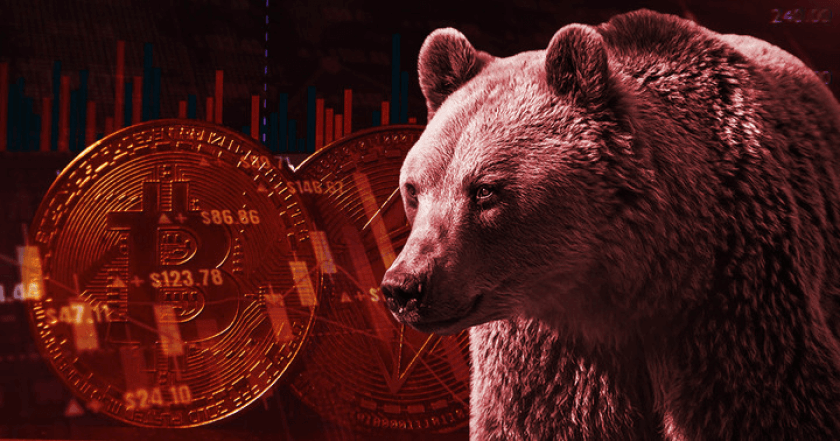
When will the Bitcoin, SHIB and altcoin bear market end?
In fact, in all bear markets so far, the cryptocurrency market has survived. The surviving investments and projects gained even more strength. So when things turn upside down, they get more market share. Weak players leave the market, and the strong move on, stronger. But this bear market looks a little different from the others. So what are the factors affecting the current market, when will the bear market end? Let’s look at the predictions together.
1. Global macroeconomic factors
It would be wrong to look at crypto markets as unaffected by anything but themselves. This market is affected by other economic conditions and maintains its existence in connection with it. The world from the beginning of 2022; war, increased inflation, increased interest rates, recession and an increase in the money supply. All this had a negative impact on the global economy. As a result, Bitcoin, SHIB and altcoin projects also suffered from the crisis. Prices; It was affected by the FED’s rate hike, the Russia-Ukraine war and the liquidity crisis. So, from this perspective, will the bear market continue? The answer to this question will only be “yes, it is possible”. According to some early investors and VCs, he predicts it will take 1-2 years more than the current date.

2. Bitcoin macro view
As has been confirmed many times before, Bitcoin falls, SHIB and other altcoins are also falling. So Bitcoin’s outlook helps us see if the bottom is coming or when it will happen. Especially according to the current data, BTC looks really good. In many ways, it has never been better. While the price doesn’t reflect this yet, on-chain data clearly reveals it.
The 5 indicators seen below are a good indication of where the fundamentals of Bitcoin are. It seems that the indicators are in good shape and are getting better and better. But that doesn’t mean we’ll see a price increase right away. These indicators often create delayed responses. In other words, BTC may be creating a suitable environment for the rise. If this happens, the SHIB and altcoin markets will follow.
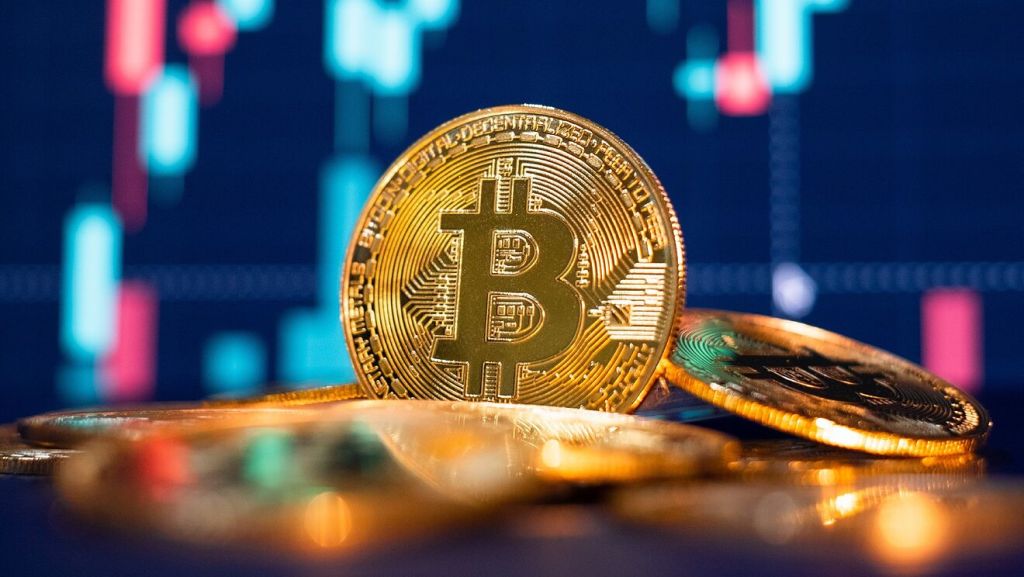
Good indicators for BTC
- Number of addresses: The number of Bitcoin addresses has reached 1 billion. However, there are only slightly over 19 thousand BTC in circulation. Therefore, the majority of existing addresses hold small amounts of BTC. However, more wallets mean more adoption. Microstrategy, the leading firm in BTC accumulation, has purchased more than $10 million worth of BTC at the current price.
- MVRV: This is the over-realized value of the market value. Realized value means the last time the coin moved. Thus, it refers to purchase prices. For Bitcoin, this indicator is trading below 1, a multi-year low. Over time, it will mean that BTC is traded at a discount to its true value. So BTC is currently moving in an oversold condition.
- Net Unrealized Kâ r and Whale Exchange Rate:These indicators are now in an advantageous position.
- Decentralization: Bitcoin is more decentralized than ever before in its history. A chart showing who has mined the last 4 daily blocks (576 total) reveals this. The 2 biggest miners, Antpool and F2Pool, mined 87 and 77 blocks. This is equal to 15% and 13.3% of the total. In other words, not a single miner is dominant in BTC mining. Notably, unrecognized miners mined almost half of the blocks. Accordingly, the network is currently experiencing the most secure period in its history.
3. Alternative perspective: micro view of cryptocurrencies
Although Bitcoin led the market, the main factors of the current market were altcoins. You can thank Terra (LUNA), Celsius and 3AC for that. They have created a chain that may not be finished yet. Terra (LUNA) collapsed due to lack of liquidity and depeg. Then Celsius and 3AC started having the same issues. So, the main factor of this bear market has been the lack of liquidity. When LUNA fell, the others followed suit. These liquidity problems force investors to sell the only asset that is liquid. Those liquid assets are BTC, ETH, USDC and USDT. However, stablecoins and ETH are not collateral assets to be sold in all these liquidations. That asset is Bitcoin.
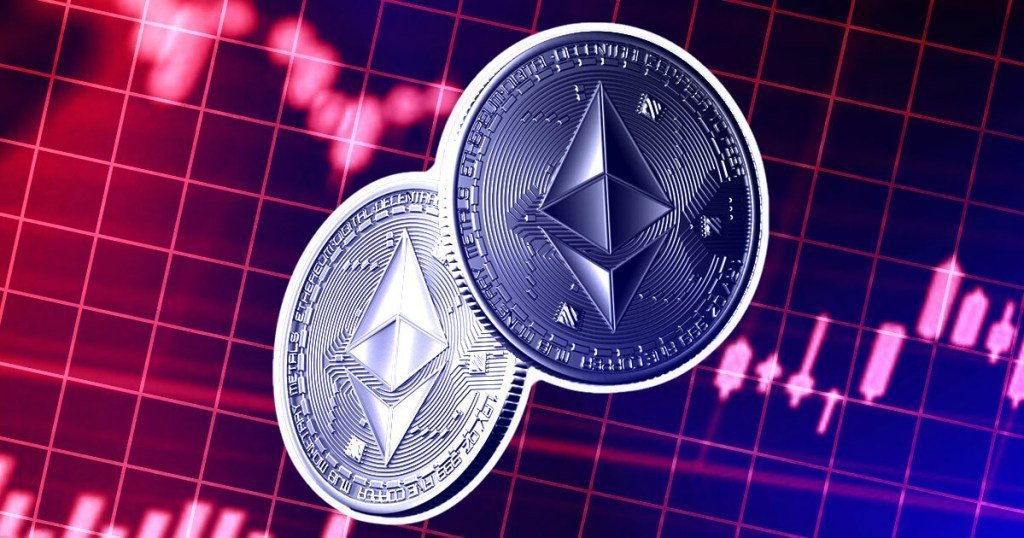
However, some major liquidations involved Ethereum (ETH). The purge mentioned helps explain some things, such as that stETH is no longer a 1:1 fixed to ETH. However, more than 90% of these forced sales resulting from liquidations or defaults are Bitcoin sales. Investors disposed of BTC for reasons such as forced selling, downward price pressure, to meet the USD value of liquidations. In other words, the market is moving in an intense liquidity squeeze. However, unlike traditional financial markets, crypto does not have lending institutions like the Fed. However, it has a last resort existence. The last asset everyone holds, namely BTC. Increasing liquidity pressure and alternative liquidations are pushing the BTC price further down. Looking at the micro view, we see Business models fail and CeFi collapse. Also token models fail. Remember the Terra (LUNA) collapse.
Real use cases required
Token models are now more important than ever. Think for a second. How many projects have real-world benefits if you remove staking and governance? Paying fees over the network is also not considered a benefit. Because you can use a stablecoin or Bitcoin for this, as in many old projects. For example, billionaire Mark Cuban says this even more bluntly. He states that when people find crypto more useful, the markets will recover, and this will happen with real use cases. This is why the collapse of LUNA and UST and the crisis of trust in stablecoins has wreaked havoc on the entire industry.
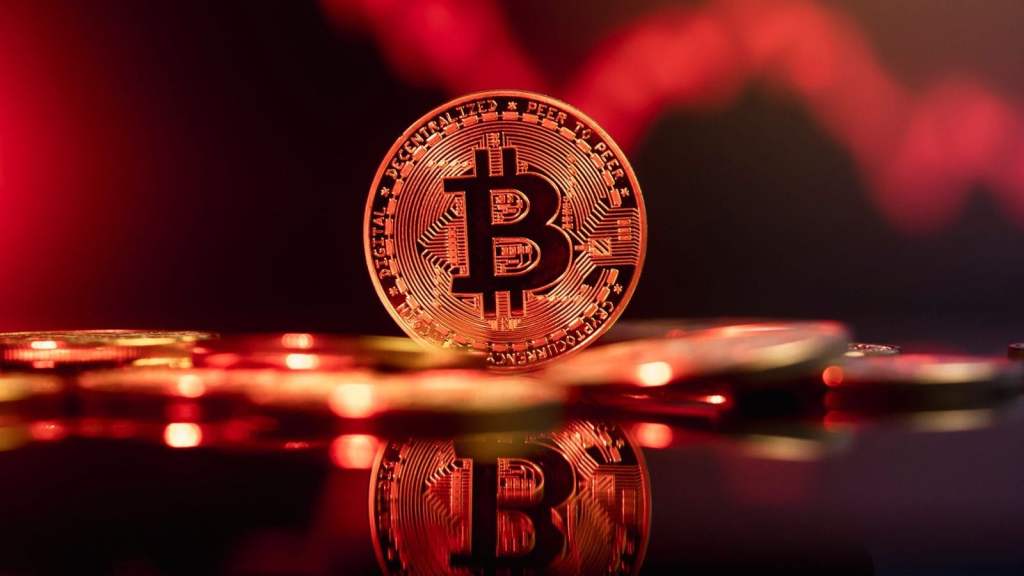
Moreover, many analysts and investors say that the said effect is not over yet. Many anticipate that there will be at least one more major liquidation ready to happen. For example, Roger Ver, a full-fledged Bitcoin Cash (BCH) advocate, was liquidated in a $47 million account, according to CoinFlex CEO. In addition, this purge came about suddenly. However, despite all these negativities, the cryptocurrency market has two paths to go: finding the bottom or going lower. We don’t know which, but it seems to us that we are closer to the end of this than to the beginning.
Conclusion
We evaluated the market in terms of macroeconomic factors, Bitcoin macro outlook and crypto micro outlook. Global macro factors remain the same or worsen. Still, Bitcoin remains healthy despite the negative price action. Fundamentals look terrific on many different on-chain indicators. However, the BTC price continues to decline. However, aside from Bitcoin, the SHIB and altcoin markets are also suffering. Many projects have existential questions around them. There are purges all over the industry. This bad situation could get worse. But remember, all previous bear markets have ended with the emergence of major bull markets.

